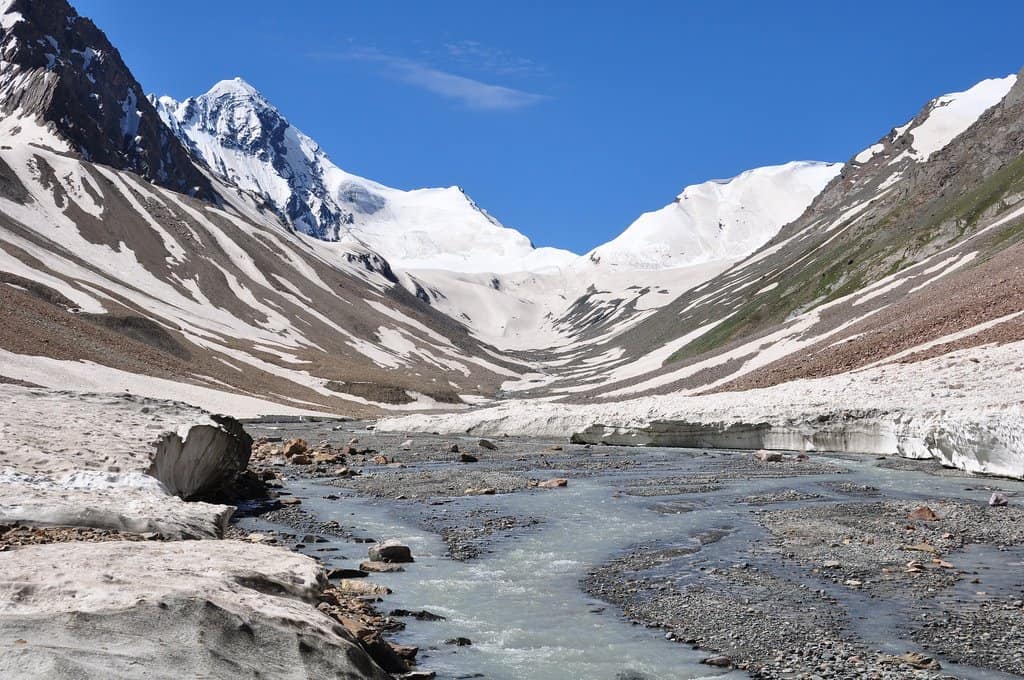
The Totten Glacier’s In Hot Water―And It’s Sweating Profusely
Global warming has been at the fore-front of a political (and scientific, for that matter) conversation since the turn of nineteenth-century―and it’s only heating up. Increased carbon emissions and other weighing man-made ecological practices are teetering the biological balance of our world’s oceans. The Totten Glacier’s floating ice shelf of the Australian Antarctic is “sweating” a volume of ice equivalent to not one, not two, but 100 Sydney harbors; that’s an astonishing figure. And equally as worrying.
“Once a certain region starts to change, the implications for the connected ice are potentially significant. We are using computer modeling to understand whether changes in Totten Glacier could lead to changes in both adjacent and more distant places in Antarctica. While this work needs to be undertaken, the change at Totten Glacier itself is significant and concerning,” said Professor Siegert.
However, the melting ice metric isn’t as formulaic as it may seem. As the top layers of frozen water begin to liquefy, it exposes the darker shaded ground below. This, essentially, allows the ground to absorb heat more efficiently than the refracting white ice that was previously there. Think of this scenario: “It’s a hot summer day, and you have the option between hopping to the beach in either a white or black car, both exposed to the same amount sun exposure. Oh, and let’s not forget the interiors have matching leather seats.” In lieu of scolding yourself with second-degree burns from a black leather arm rest, it’s safe to say that any sane individual would, given the option, ride in the white car; the same principal of heat exchange is relevant in the former scenario.
Melting ice caps create rising sea levels that, should little be done to address the problem in the near future, will inundate coastal cities such as Sydney.



